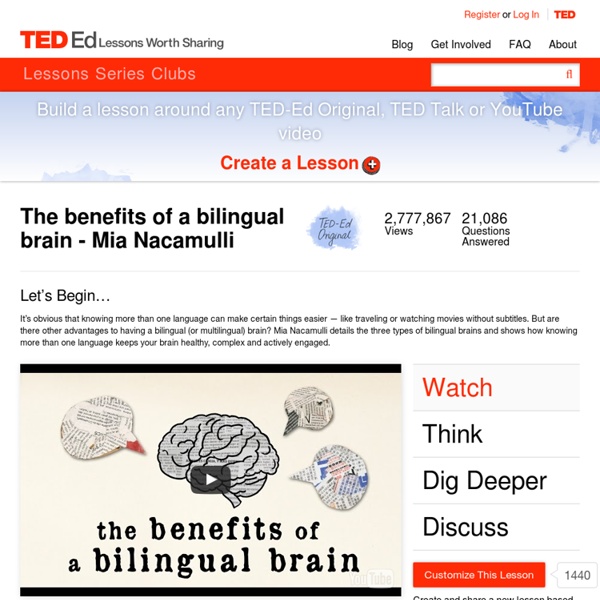Fascinating Chart Details The History of the Alphabet
Most of us use the letters of the alphabet everyday, but did you ever stop to wonder how their shapes came to be? The history of the alphabet is fascinating, and each of the 26 letters has its own unique story. Matt Baker (of UsefulCharts) has designed a handy poster that documents the evolution of our familiar alphabet from its ancient Egyptian Proto-Sinaitic roots (c. 1750 BCE) up to present day Latin script. The limited edition Evolution of the Alphabet chart shows how early shapes and symbols eventually morphed to become the ABCs we know today.
Note-Taking Apps for Students
Taking notes in school can be a big challenge for students with learning and attention issues. They may struggle with writing and organizing their notes while listening. Or they may have trouble keeping up with a teacher because of processing speed issues.
Why Chinese Is So Damn Hard
(简体字:为什么中文这么TM难?) (繁體字:為什麼中文這麼TM難?) The first question any thoughtful person might ask when reading the title of this essay is, "Hard for whom?" A reasonable question. After all, Chinese people seem to learn it just fine. When little Chinese kids go through the "terrible twos", it's Chinese they use to drive their parents crazy, and in a few years the same kids are actually using those impossibly complicated Chinese characters to scribble love notes and shopping lists.
m.facebook
Back in 2015, when we published our lesson plan Fake News vs. Real News: Determining the Reliability of Sources, we had no way of knowing that, a year later, the Oxford Dictionaries would declare “post-truth” the 2016 word of the year; that fake news would play a role in the 2016 presidential election; that it would cause real violence; and that the president-elect of the United States would use the term to condemn mainstream media outlets he opposes. Back then, to convince teachers that the skill was important, we quoted Peter Adams of the News Literacy Project on the “digital naïveté” of the “digital natives” we teach. Now, however, we doubt that we need to convince anyone. These days, invented stories created in a “fake news factory”— or by a 23-year-old in need of cash — go viral, while articles from traditional sources like The Times are called “fake news” by those who see them as hostile to their agenda.
Analyzing Stories
When you analyze a story, you try to find a meaning for the story. You make a claim about the story's meaning, and provide evidence from the story itself to support your analysis. You look for a reasonable way of understanding the story. Here are some questions to ask yourself about a story when you are trying to understand it. 1.
e-Revistas. Plataforma Open Access de Revistas Científicas Electrónicas Españolas y Latinoamericanas
Cultura, lenguaje y representación / Culture, Language and Representation El uso del inglés como estrategia discursiva en el texto publicitario Vellón, Javier Abstract: This article analyses the use of English in printed advertising aimed at the Spanish market, from the perspective of discourse analysis, the multimodal theory, as well as the communicative and ethnographic dimension.
'As happy as a clam' - the meaning and origin of this phrase
What's the meaning of the phrase 'As happy as a clam'? Very happy and content. What's the origin of the phrase 'As happy as a clam'? Why would clams be happy?
How-do-spiders-catch-their-prey? - spiders, efficient, hunters, kingdom, cheetah, exterior, portrayed, macabre, monsters, squashed, beautiful, creatures, deserve, treatment, getting
How do spiders catch their prey? step 0 Spiders are some of the most efficient hunters of the animal kingdom, no less feared than the shark, the cheetah or the wolf. With their eight legs, hairy exterior and, yes, eight eyes, it’s little wonder that they are often portrayed as macabre monsters in books and movies, and are squashed at first sight. In effect, though, they are beautiful creatures, and deserve a fairer treatment from all of us.



